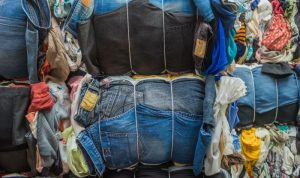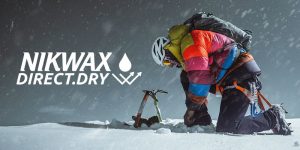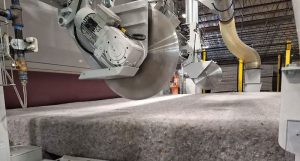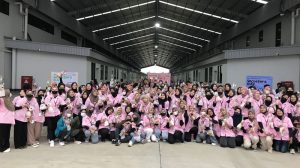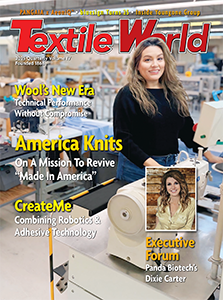The resale fashion market has undergone a transformation. Gone are the days of rummaging through the dusty racks of charity shops in search of hidden treasures. In its place is a burgeoning resale industry, spurred on by platforms that have managed to bring second-hand fashion to the mainstream. According to recent data, searches for “pre-loved fashion” on eBay have surged by an impressive 400 percent since the summer of 2024, with 71 percent of Gen Z embracing the resale culture1.
Yet, despite its rapid growth2, the resale fashion market has a persistent issue: the hidden costs that prevent platforms from scaling effectively and profitably. While Vinted has recently turned a profit3, other major resale platforms such as ThredUp and The RealReal have faced challenges after their IPOs24,5, struggling to find the balance between sustainability and profitability.
The problem lies in the labor-intensive process of remerchandising second-hand clothing. Unlike mass-produced retail items, each pre-loved piece is unique, requiring careful attention, from quality control to photography, to ensure that it’s ready for resale. This process can be costly and inefficient, often relying on a human touch to assess each item’s quality. Additionally, the complexity of reverse SKU logistics — essentially managing single-item fulfillment on a massive scale — adds to the friction that resale platforms face.
On the shopper side, the struggle is just as real. While some relish the thrill of hunting for the perfect pre-loved item, many others are overwhelmed by the sheer volume of choices and the frustration of endless scrolling through disorganized listings. Resale platforms must capture the excitement of the treasure hunt while simultaneously eliminating the time-consuming process of scrolling, searching, and endless comparisons. What shoppers need are tools that make the search faster, smarter, and more personalized.
Enter Messina Hembry, a pre-loved fashion reseller that’s addressing these issues head-on. Founded by two brothers while they were still in university, Messina Hembry has successfully carved out a niche in vintage and resale fashion, with more than 7,000 new pieces uploaded each week. Messina Hembry have partnered with Aistetic, a University of Oxford spinout that has revolutionized the listing process for them.
Aistetic’s AI-powered computer vision solution enables Messina Hembry to tag, label, and describe garments directly from images, automating the once-manual process of cataloging each item. What once required significant human labor now happens at lightning speed, unlocking the potential to scale in ways that were previously impossible. This breakthrough technology allows the company to tag and list more items, faster — and with impressive results.
According to Zac Hembry, CEO of Messina Hembry, “Using Aistetic’s AI Listing solution has revolutionized our workflow. We’ve seen a 3X increase in our listing capacity, a 70 percent reduction in our workflows and increases in conversions linked to faster, more accurate tagging.”
Duncan McKay, Aistetic CEO, added: “Our goal is to empower resale platforms with the AI tools they need to scale profitably while driving sustainability. Through this partnership with Messina Hembry, we’re helping them unlock more capacity, enhance the shopping experience, and contribute to the circular economy.”
This collaboration between Messina Hembry and Aistetic illustrates how AI is not only reshaping the operational aspects of the resale industry but also enhancing the overall customer experience. By automating tasks and improving the accuracy and speed of listings, AI is making it possible for resale platforms to scale quickly and profitably while reducing the friction that often frustrates shoppers.
As pre-loved fashion continues to gain traction, the integration of AI into resale platforms will be crucial for supporting their growth. Not only will AI help drive operational efficiencies, but it also promises to create a more enjoyable, personalized shopping experience. The future of resale fashion is sustainable, scalable, and powered by technology — and AI is the key to unlocking its full potential.
The bottom line: resale fashion is no longer just a niche. It’s a rapidly growing market that’s being transformed by AI, and this shift is poised to change the way we shop, resell, and think about fashion altogether.
References:
1https://www.ebayinc.com/stories/press-room/uk/the-perfect-fit-ebay-uk-returns-as-headline-sponsor-of-love-island-all-stars-season-2/
2Global Secondhand Market is projected to reach $264B in 2025. Resale grew 15x faster than the broader retail market in 2023 – Thredup Report 2024.
3https://www.bbc.com/news/articles/cxwvp2z7djyo
4https://www.pymnts.com/earnings/2024/thredup-ceo-it-will-be-while-before-shoppers-splurge-again/
5https://www.voguebusiness.com/story/companies/whats-next-for-the-realreal
March 11, 2025



